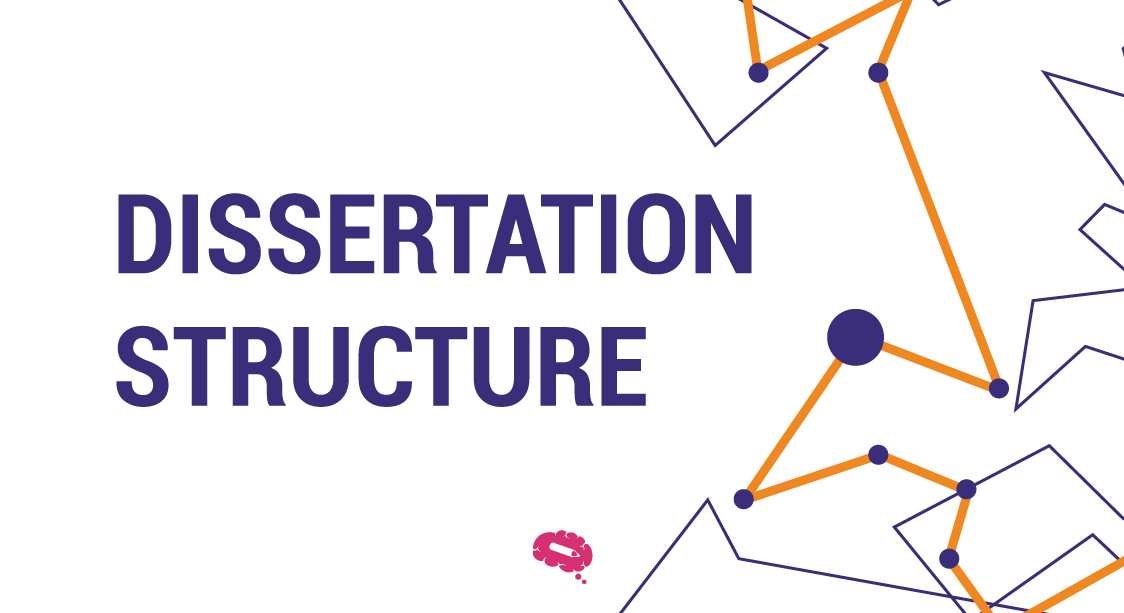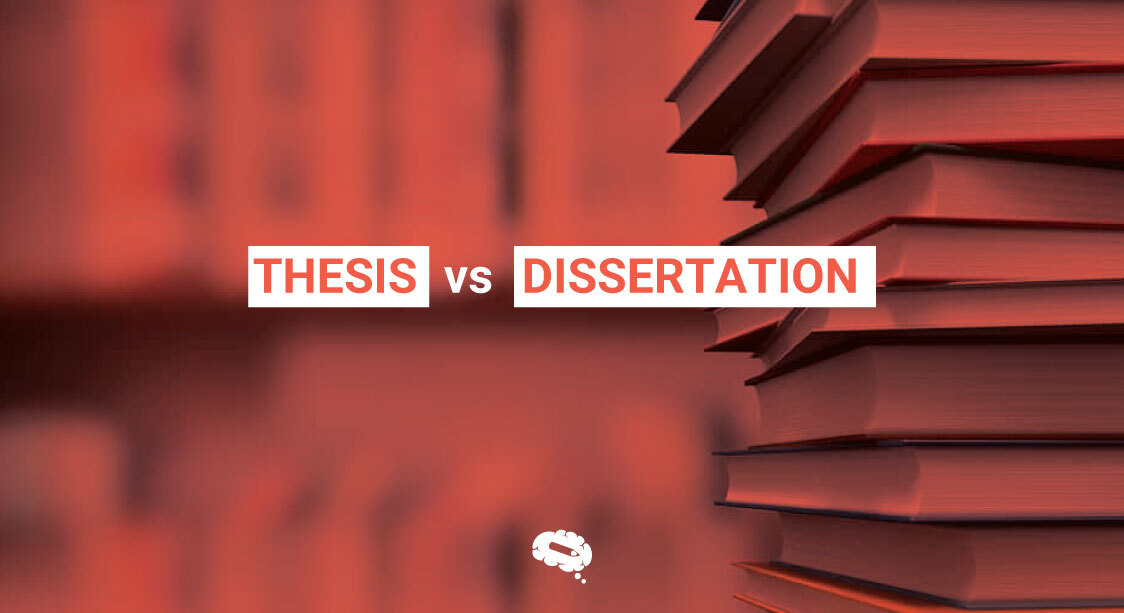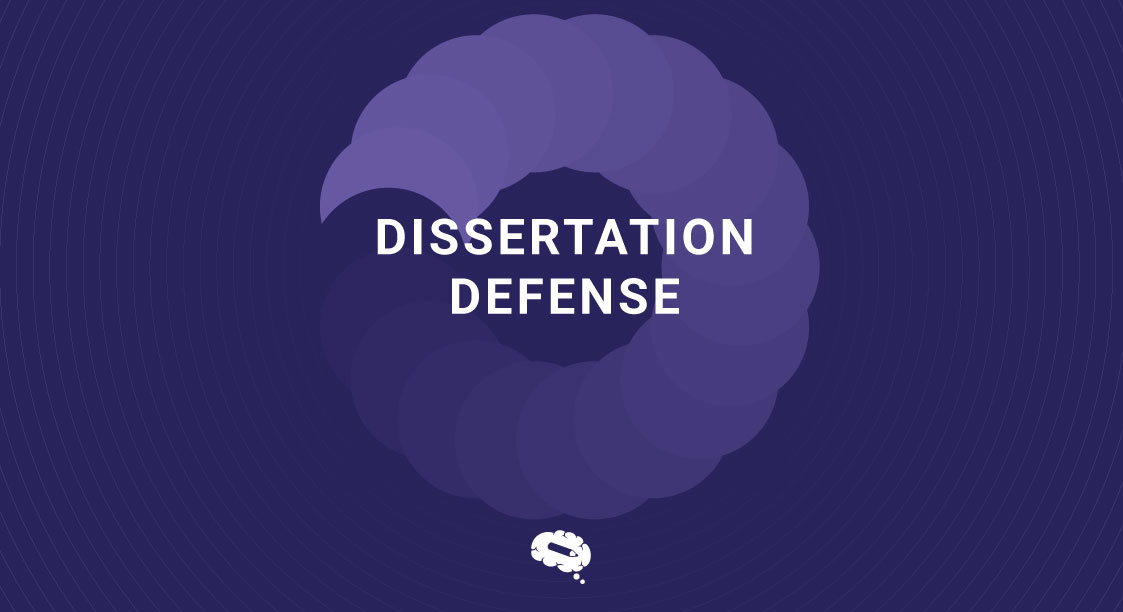You’ve found the right place to discover the dissertation structure along with tips for planning its layout. An intricate task such as writing a dissertation demands careful planning and organization. Developing a visually appealing and well-structured dissertation is a crucial milestone in your academic journey. This blog will walk you through the step-by-step process of writing a clear and coherent dissertation layout to ensure your research is presented logically and effectively.
There are several sections in a research paper, such as an introduction, literature review, methodology, and findings, and we will discuss them and offer tips on how to optimize them. We will also provide you with a customizable template so that you can begin your writing process faster. Come explore the secrets of writing a well-structured dissertation that will captivate your readers and demonstrate your scholarly acumen, regardless of whether you are an experienced researcher or just starting out on your dissertation journey.
What is a Dissertation?
An academic dissertation is a comprehensive and rigorous document that summarizes an individual’s research and scholarly endeavors. Typically, it is required in order to obtain a doctoral or master’s degree. Dissertations demonstrate the author’s research skills, data analysis, and insightful contributions to the field of study. There is no doubt that a dissertation is a substantial piece of work that requires a great deal of work, effort, and intellectual diligence. By presenting evidence and analysis along with a comprehensive and coherent argument, it goes beyond a simple summary of existing literature.
The purpose of a well-constructed dissertation is to identify a specific research question or problem, outline the research methodology used, and provide a thorough review of relevant literature. During the dissertation conference, scholars can demonstrate their expertise, critical thinking skills, and contribution to the advancement of knowledge.
Purpose of a Dissertation
An academic dissertation has a multifaceted purpose and carries significant weight. Dissertations serve as opportunities for students to demonstrate their mastery of a particular subject and contribute to their field of study. A student’s dissertation displays their ability to engage in independent scholarly research, critical analysis, and intellectual inquiry. Within the academic community, dissertations serve a broader purpose than personal achievement. By bringing new perspectives, challenging existing theories, or addressing gaps in knowledge, they contribute to the existing body of knowledge.
The dissertation also serves as a foundation for future research, inspiring new investigations and providing points of reference for scholars working in the field. In addition, dissertations are essential for students who are seeking advanced degrees, proving their expertise, and allowing them to qualify for academic or professional careers. As a whole, a dissertation contributes insight, advances knowledge, and demonstrates scholarly competence within a given field.
Types of Dissertations
In terms of dissertations, there is no one-size-fits-all solution. There are many types of dissertations, each with its own flavor and purpose, just as in a thrilling film. Consider yourself a director, deciding which script would be perfect for your scholarly masterpiece. Are you planning on conducting experiments and collecting data as a fearless scientist for your empirical dissertation? Perhaps you’d prefer a theoretical dissertation, where you explore abstract concepts like a philosopher sage and challenge knowledge’s boundaries? A mixed-methods dissertation, like a fusion feast created by a master chef, combines the best of both worlds. Let’s not forget literature-based dissertations, where you examine books and articles in order to uncover hidden gems. Here are the three types of dissertations, each offering its own unique path to academic success. It’s the light, camera, dissertation!
Researchers can select from several different types of dissertations depending on their research goals and methodologies. The most common types are as follows:
Empirical Dissertation
The purpose of an empirical dissertation is to conduct original research by conducting experiments, surveys, observations, or interviews to gather data. Using primary data to address research questions or test hypotheses is the primary focus of this type.
Theoretical Dissertation
The purpose of a theoretical dissertation is to examine and analyze existing theories, concepts and frameworks within a specific field of study. New theoretical insights are developed based on a comprehensive literature review, critical analysis, and synthesis of existing knowledge.
Mixed-Methods Dissertation
A mixed-methods dissertation incorporates both qualitative and quantitative research methods. Through surveys, interviews, observations, and statistical analysis, researchers are able to collect comprehensive data. Research topics can be more holistically understood using this approach.
Literature-Based Dissertation
It is also known as a desk-based dissertation or library-based dissertation and relies heavily on secondary sources, including publications, academic journals, book chapters, and other published materials. In order to develop new interpretations, theories, or frameworks, researchers critically analyze existing literature.
Practice-Based Dissertation
Dissertations in creative fields, such as art, design, or architecture, are often practice-based. Usually, it involves the creation of a tangible project or artwork, as well as a written component reflecting on the creative process.
Case Study Dissertation
Case studies analyze individuals, groups, organizations, or phenomena in-depth. To provide a comprehensive understanding of the chosen case, data must be collected in both qualitative and quantitative forms.
Several factors determine whether one type of dissertation is suitable for a particular researcher, including the research topic, thesis question, access to resources, and the researcher’s personal preference.
Template: Structure of a Dissertation
The foundation for success lies in a well-constructed dissertation structure. Here’s a tried-and-true framework that can help you succeed on your intellectual journey. Ensure your expertise is presented in the following scholarly format:
- Establishing the Context: Introduction
- A concise yet engaging introduction is a good place to start.
- Describe the research area you are conducting in detail.
- Establish clear objectives and research questions for your study.
- Give your readers a sense of how your dissertation will be structured.
- Review of Literature: An Exploration of Scholarly Literature
- An in-depth review of the literature should be conducted.
- Compile a critical analysis and synthesis of key theories, studies, and scholarly works.
- Examine the field for gaps and opportunities for research.
- Write a narrative that supports your research and is logical and well-structured.
- A rigorous and precise methodology
- Analyze the methods, techniques, and design of the research.
- Assess the validity and appropriateness of your choices.
- Make sure that limitations are addressed and biases are acknowledged.
- Ensure that data collection and analysis are transparent and systematic.
- Discoveries based on empirical evidence
- Clear and precise presentation of your research findings is essential.
- Provide appropriate visual aids for organizing and displaying data. (Count on us to help you with that)
- Analysis should support an objective interpretation of the results.
- Examine the implications for the research field of significant findings.
- Analyzing and reflecting critically
- Discuss your findings in a comprehensive manner.
- The results of your study should be compared and contrasted with previous studies.
- Identify possible avenues for future research based on your research analysis.
- Identify potential sources of error and acknowledge limitations.
- Bringing Scholarly Endeavours to a Successful End
- Describe your research’s key findings.
- Your study’s significance and contribution should be highlighted.
- Examine the field’s broader implications.
- Recommend further research or practical applications.
Follow your institution’s guidelines and seek guidance from your supervisor as you embark on this scholarly journey. You will have a lasting impact on your academic field if your dissertation is meticulously structured. In case you are looking for more information about how to write a research paper in detail, read our article “Research Paper Structure“!
Dissertation vs Thesis
Students pursuing a master’s degree typically complete a thesis as part of their research project. There is a strong emphasis on original research and the necessity of defending the thesis in front of a committee. Dissertations, on the other hand, are typically associated with doctoral studies and demonstrate a student’s ability to contribute original knowledge. Research for a dissertation often involves multiple years of study and requires a great deal of depth and breadth.
We have a blog that can help you learn more! This intriguing content “What is the Difference Between Thesis and Dissertation?” on Mind the Graph debunks the myth around it. An emphasis is placed on the difficulty of defining these terms, especially in different academic contexts. A concise definition of thesis versus dissertation is provided to clarify the differences. The guide serves as a helpful tool for those seeking clarity in distinguishing between thesis and dissertation requirements in a variety of academic settings.
Tips on Preparing for Your Dissertation
Let’s quickly go over some tips that will help you create an excellent dissertation without stressing out. These tips will prepare you well for your dissertation and provide you with the confidence and skills you need. Embrace the journey and enjoy your chance to contribute to your field of study by embracing the process as well as the final product.
- The best way to prepare for your dissertation is to start early. Organize your thoughts and begin the planning process as soon as possible. The result of procrastination is unnecessary stress.
- Choose a research topic that aligns with your academic goals and interests. Establish clear objectives and questions for your research to remain focused. If you need guidance or feedback on a topic, consult your advisor or professor.
- Determine a realistic timeline for completing different phases of your dissertation. Allocate specific time slots for research, writing, analyzing data, and revising tasks. Ensure steady progress by sticking to the schedule.
- Analyze the existing literature in your field through a thorough literature review. Make notes, identify key themes, and identify knowledge gaps that your research aims to fill. Your work will be solidly based on this foundation.
- Create a dedicated workspace that promotes concentration and productivity. Make sure you have access to books, articles, and software necessary for your research.
- Create a detailed outline of your dissertation. Decide on the flow of information, and divide it into chapters or sections. As you write, this will guide you and keep you organized.
- Consult your dissertation advisor or supervisor regularly. Communicate your progress, seek feedback, and address concerns. Your work will be greatly enhanced by their expertise and insights.
- Keep notes, research materials, and references organized in a well-organized system. To generate accurate citations, use citation management software. Your time will be saved and ideas will be properly attributed.
- Maintaining your health while balancing a dissertation can be challenging. Maintain a healthy lifestyle, get enough sleep, exercise, and take breaks when needed to care for yourself. By caring for your well-being, you will be more focused and productive.
- It is crucial to stay motivated throughout dissertation work. Remind yourself of the significance of your research along the way, celebrate small wins along the way, and set achievable goals.
Enhance Your Dissertation’s Impact: Elevate Your Research with Compelling Visuals!
The importance of visual presentation in dissertations cannot be overstated. Communicating insights to stakeholders and better understanding findings are made possible by it. You can find all the tools you need under one roof with Mind the Graph! Use Mind The Graph to communicate your science effectively. Check out our illustration gallery and be pleasantly surprised.

Subscribe to our newsletter
Exclusive high quality content about effective visual
communication in science.






